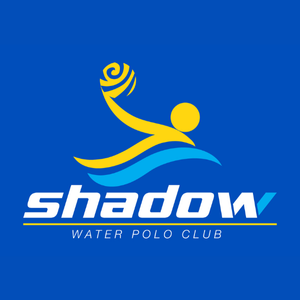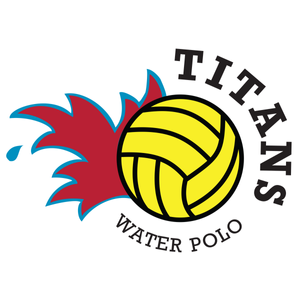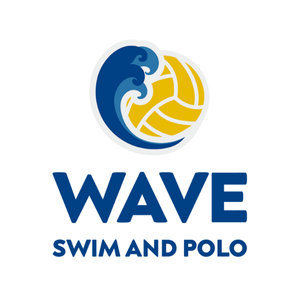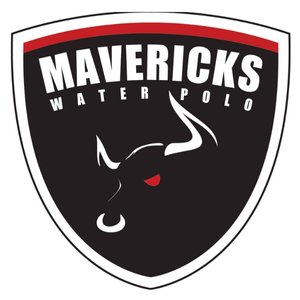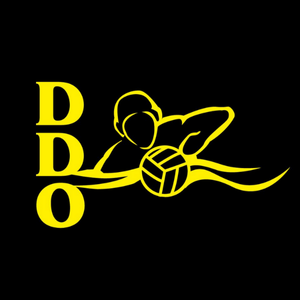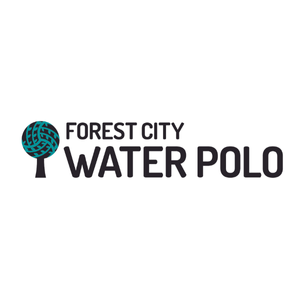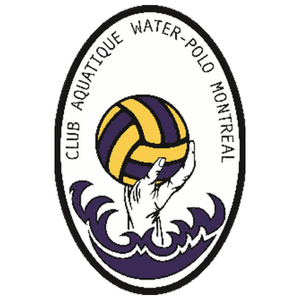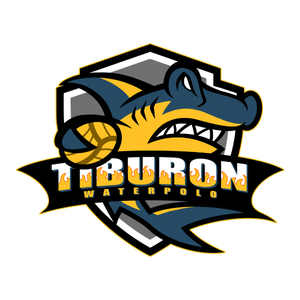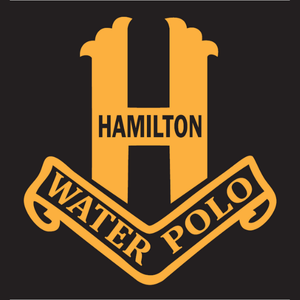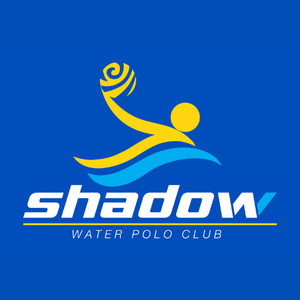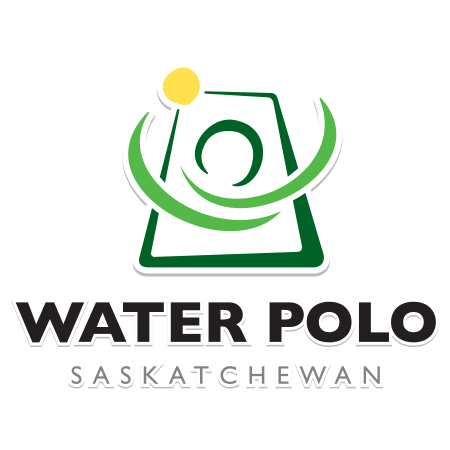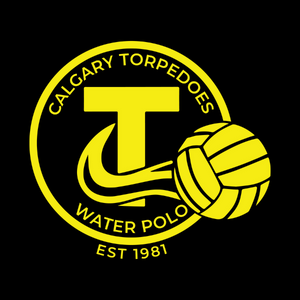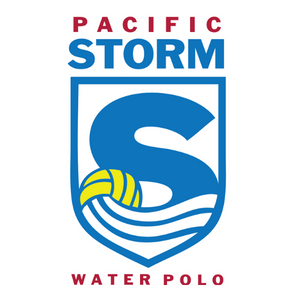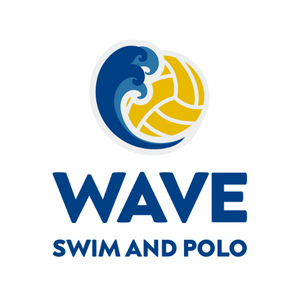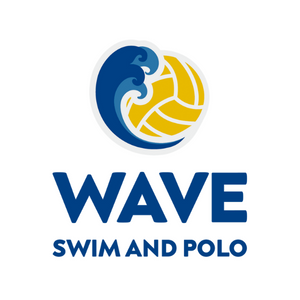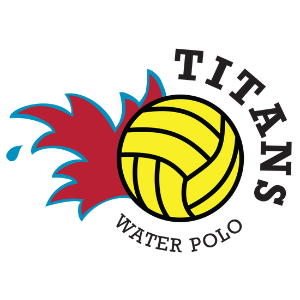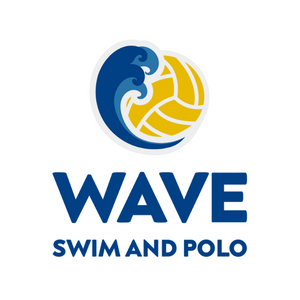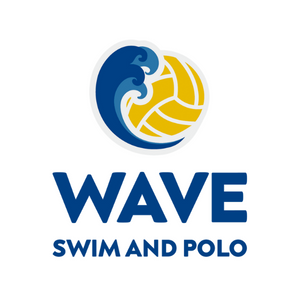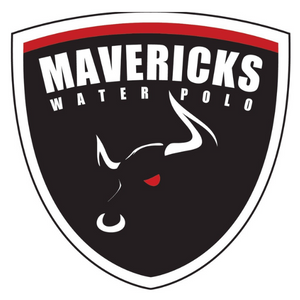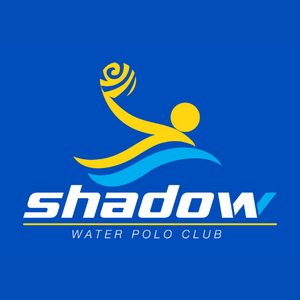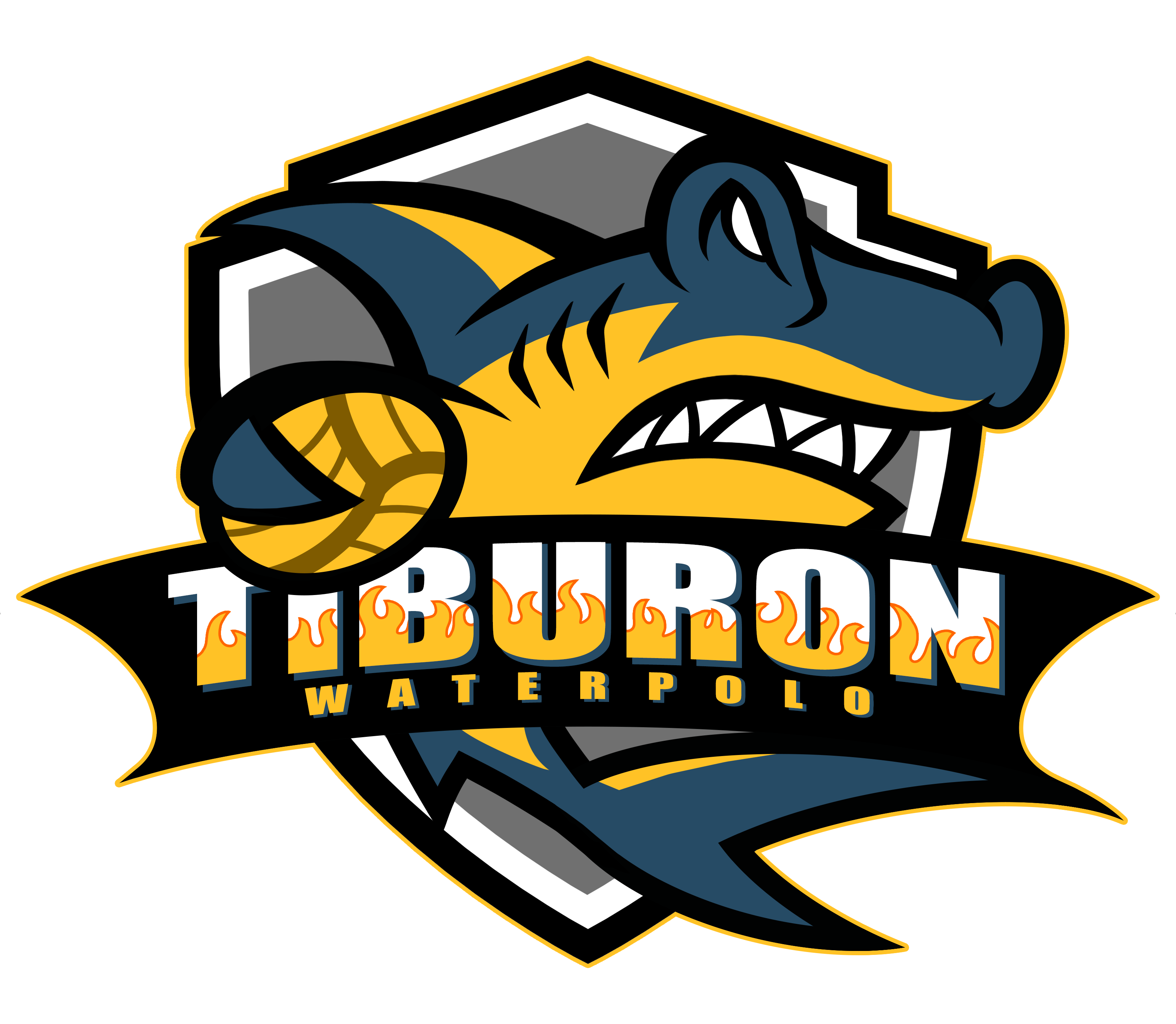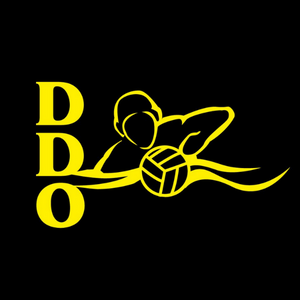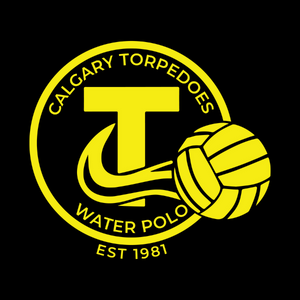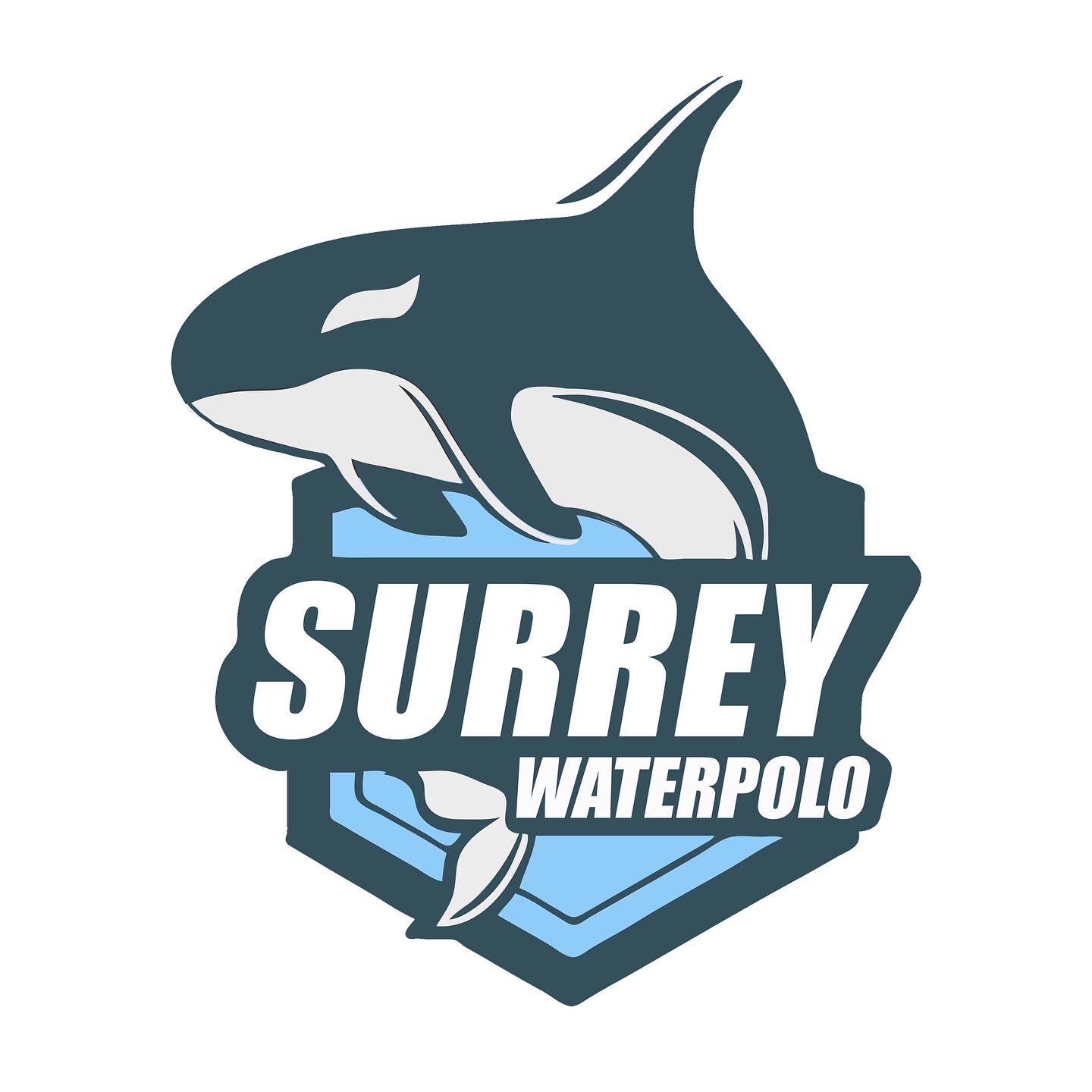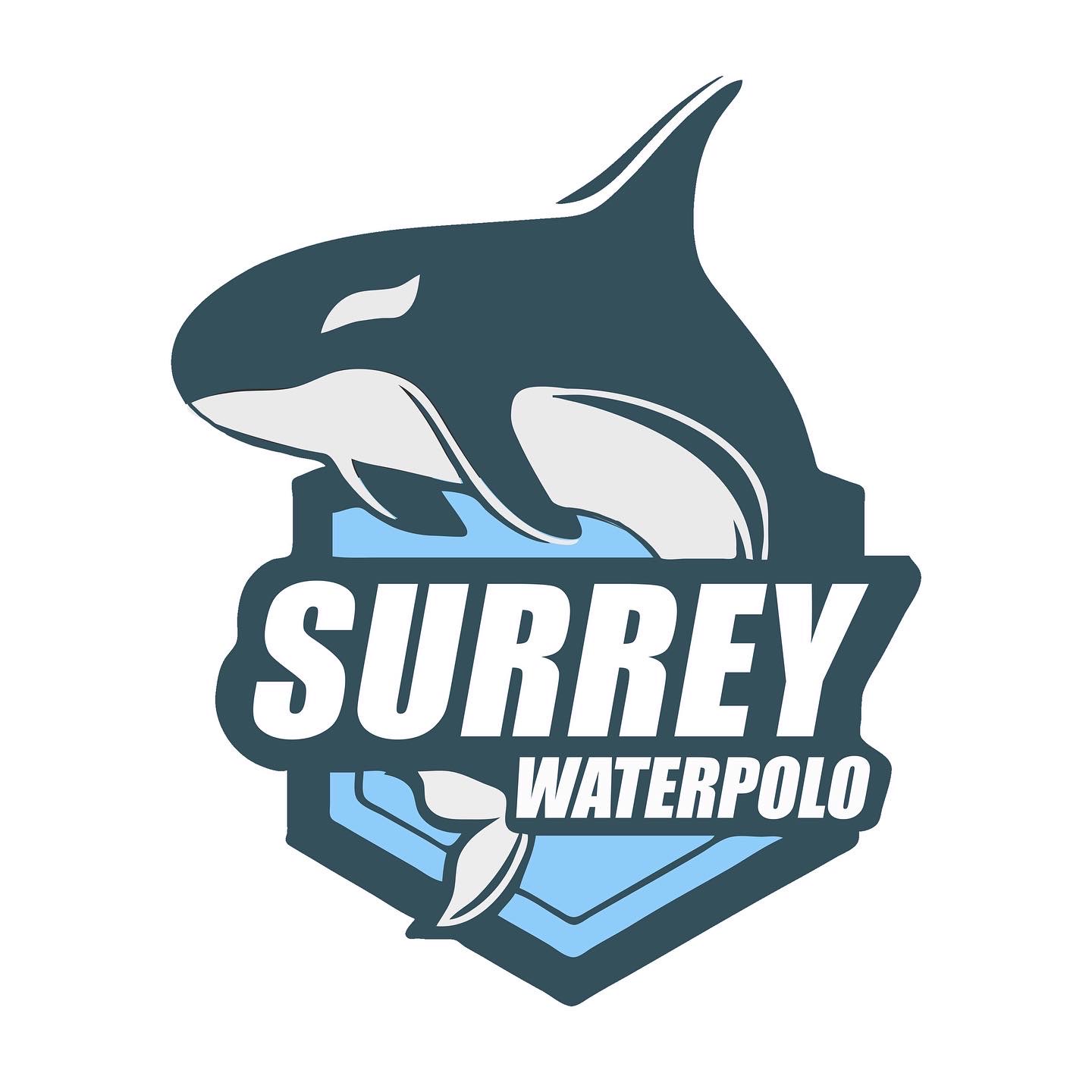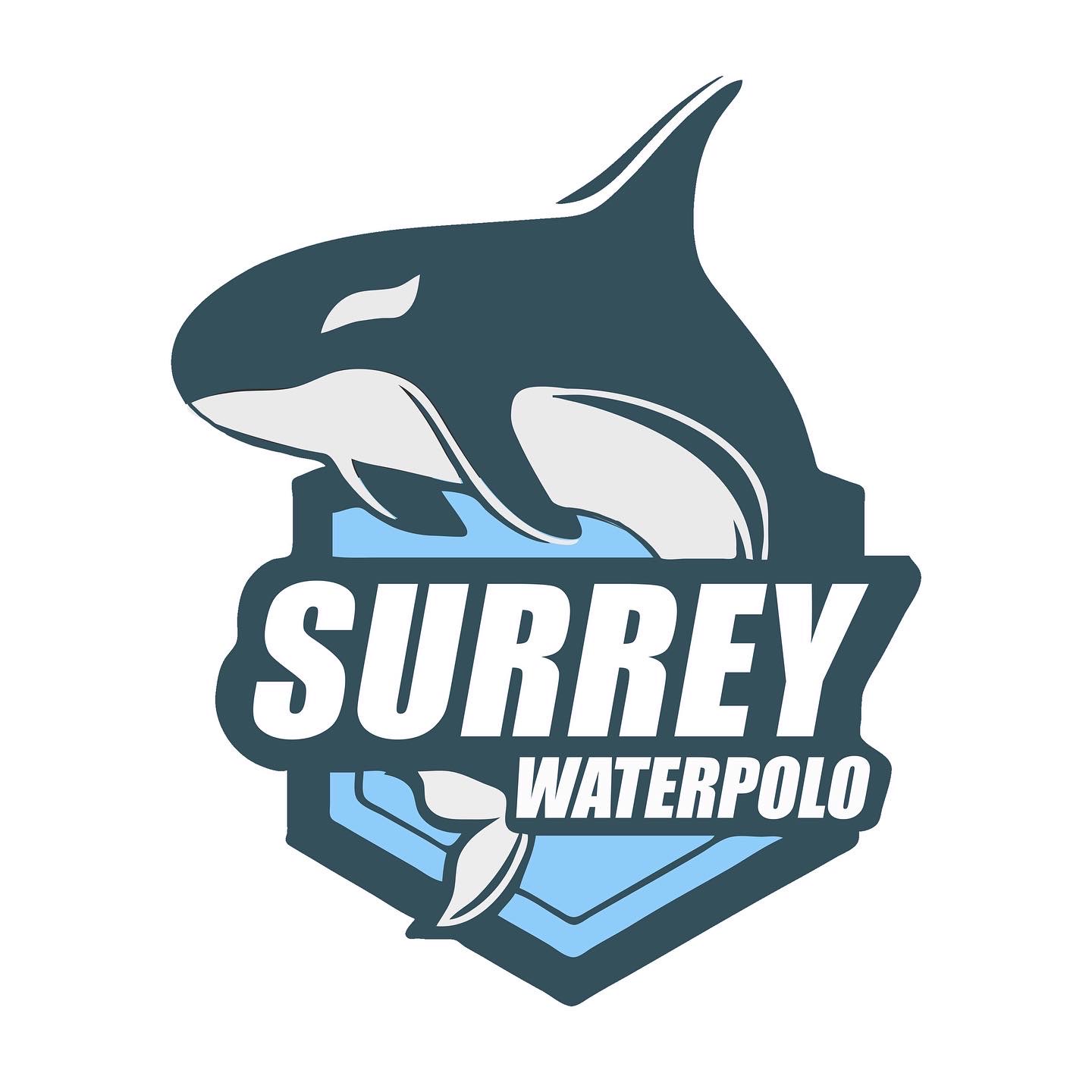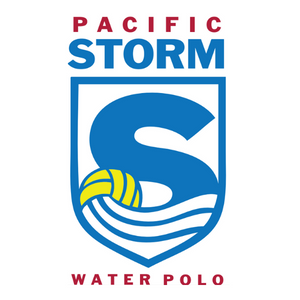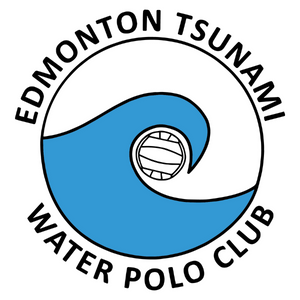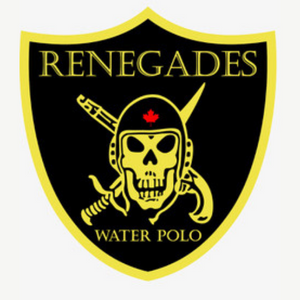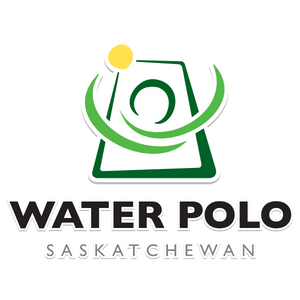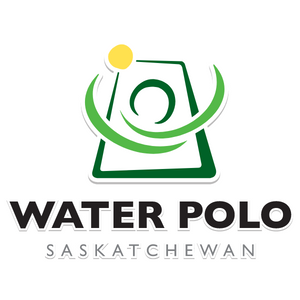The origins of water polo can be traced to east India, where British army officers experimented with the “pulu” ball game on horseback. From there, polo was brought to Europe and was played as rugby and finally as football in the water to become water polo - and was practised in rivers and lakes. Originally, a pig’s stomach bladder was used as the ball, but as this burst easily, it was soon replaced by a rubber ball. In 1870, the London Swimming Club drew up the first rules for this football game in the water. They accepted brute strength. Dunking opponents was permitted, as well as diving with the ball and carrying it under the swimsuit in murky water towards the goal. A goal was scored by putting the ball in the goal with both hands, or in a boat or the full width of the pontoon. The goalkeeper stayed out of the water and jumped in when a player from the opposing team approached to score.
Slowly, by trial and error, more appropriate rules were found. However, it was not until 1884 that the Swimming Association of Great Britain recognized the game as coming under its jurisdiction. By 1880 in Scotland, the introduction of the Trudgeon stroke permitted rule changes to make the game faster, and brute strength was replaced by more technique, speed and tactical moves. The game changed from a rugby style to a soccer style of play. The goal became a cage of ten feet by three, and a goal could be scored by throwing a ball. A leather ball replaced the smaller rubber ball. Players could only be tackled if they held the ball, and the ball could be touched with only one hand at a time. The number of players in each team was finally settled at seven. In the late 1880’s these Scottish rules were generally adopted throughout England, after a four-member committee had been appointed in 1888, to revise the rules and submit a report to the London Water Polo League founded in 1889. Also, in 1888, the first national English Championship was contested. In 1890, the league included London and parts of southern and middle England. In the same year, this league played the first international game against Scotland and lost 4-0.
The USA became the next country to adopt water polo in 1888 when John Robinson, a British swimming instructor, organized a team at the Boston Athletic Association. Two years later, more teams started playing in Providence, Rhode Island and New York. The American Teams played the old English style but with their own characteristics - a game of close formation and fierce scrimmages. The ball could be taken under water and held with two hands. Players grabbed each other where they chose, becoming locked in wrestling grips. It was about the survival of the fittest. By the 1890s, water polo was one of the most popular spectator sports in America, in addition to international status in Hungary (1889), Belgium (1890), Austria and Germany (1884) and France (1895). In 1900, it became a part of the Olympic program where the British Teams won the Olympic Tournaments in 1900, 1908, 1912 and 1920. In the 1900’s, it was reported to have been played in New Zealand, Australia, Canada, the US and India. Water Polo was included in the program of the World Championships in the first edition in 1973 in Belgrade. The First World Cup was held in 1979 and the first Junior Men’s World Championships in 1981.
In the early 1900’s, water polo for women emerged in the Netherlands. After 1914, women’s championships were contested outside of the Netherlands in the USA from 1926; in Australia from 1968; in Canada from 1980; and after in many other countries. In 1979, FINA created the Women’s World Cup and the first Olympic tournament took place in Sydney, Australia with the victory of the Aussies.
Historically, the most successful water polo team of all time is the Hungarian Team, winning medals at nearly all the Olympic Games, and at European and World Championships between 1928-1982. However in recent decades, Russia, Yugoslavia, Spain and Italy have also produced top teams.
Water polo hosted one of the first Canadian club sport championships for the senior men’s category in 1907. The 100th anniversary of the senior men’s National Club Championship (NCC) was held in Calgary, Alberta June 1-3, 2007. The Hamilton Aquatic Club defeated the Dollard Water Polo Club for their record 21st title. Between 1907 and 1947 only one team outside the Montreal region, the Columbus Swimming Club, won the senior men’s NCC. The Ste-Foy Hydres won the first ever senior women’s NCC in 1977, and 8 out of the first 10 that were held. CAMO holds the most senior women’s championships with 14. The first junior men’s NCC was held in 1927, while the junior women category was introduced to the National scene in 1985 along with the 18U men’s category. The 18U women’s NCC was added to the docket in 1987, with the 16U boys and girls being introduced in 1995. Today all levels of NCC continued to be played on an annual basis, furthermore, the first ever Masters NCC will be held in July 2009 in Montreal.
During the mid to late 1950's and into the 1960's there was no national organization for Water Polo in Canada. The Canadian Championships (Junior or Senior) consisted of a home and home series of one game in each location; Montreal and Hamilton. In a couple of those years, Hamilton played against Montreal YMHA (Young Men's Hebrew Association) and it was a two game total point series at the Maisonneuve Pool. The first ever "all Canadian" National Championship was played in 1964, and included teams from Vancouver, Calgary, Manitoba, Ontario and Quebec. Frank Medek from Montreal was the first President of "The Canadian Water Polo Association" as it was called at that time. The tournament was held in Gull Lake (town of Gravenhurst) an hour or so north of Toronto. Since it was a vacation area, speed boats and water skiers caused waves that required players taking a shot at net to time it with the waves. This was the last year that the legendary Jimmy Thompson coached the Hamilton team that came 2nd. Toronto won the tournament while Montreal was 3rd.
By 1965 the Senior Canadian Championship, for the first time, was played out west. The venue was an outdoor pool in Edmonton. Dr. John Richardson played goal for Edmonton, and subsequently moved to London, Ontario. Canada's National team was chosen from this Championship, which Hamilton won. The other members of the team came from Manitoba, Toronto and Vancouver. Following the tournament the National Team, led by former Hungarian player Eddy Sakach, travelled to Vancouver for a 2 day training camp before heading to Los Altos, California (Foothill Junior College) to play in the national AAU championships. Canada’s first ever National Team was headed by Jeno Ats in 1963, and they participated in the Pan American Games in Cali, Columbia.
The Canadian Water Polo Association had been established for two years already, when another Hungarian by the name of Dr. Andy Zendrovitz took over as the leader of the Association; however, the title of President was given to Dr. Richardson. Dr. Richardson remained President until the 1976 Olympic Games in Montreal. Dr. Richardson was also Canada’s representative on the FINA Technical Water Polo Committee, and he along with Lyle Mackosky (Executive Director), Dr. Jack Gauldie (Vice-President) and Alan Pyle (Treasurer) were the cornerstone of modern Canadian water polo
In 1972, Brazil dropped out just prior to the Olympic Games in Munich and Canada got the call. Canada put a team together, had a couple of training camps and held a final selection tour in Hungary. Austria, and Czechoslovakia where Mike Torsney, Dr. Richardson, and Roy Gunell selected the final 11 players who were to represent Canada in Munich. Five of the eleven members were from Hamilton; William van der Poll, Rick Pugliese, David Hart, Robert Thompson, Jack Gauldie. The remaining members of the team were Stephen Hart, Allan Pyle, team captain Clifford Barry, Gábor Csepregi, goaltender Guy Leclerc, and Donald Packer. The team was coached by the venerable Hungarian Jeno Ats. Jean Thomas, the former Quebec Water Polo Federation President, was the first ever Canadian water polo referee at the Olympic Games. Canada finished 16th at the Munich Games in ‘72.
The Canadian Water Polo Association hired Hungarians’ Dezso Lemhényi as the National Team head coach and Rezso Gallov as the Technical Director in 1974. Iván G. Somlai was appointed as Game Plan 76’ Manager and also acted as the Manager and Assistant Coach for the 1976 Olympic Team. These gentlemen led Canada to a historical 9th place finish at the 1976 Olympic Games in Montreal. The ’76 team was poised and ready to compete on the world stage at a new level for the first time in Canadian water polo history. Hometown jitters got the best of them as Canada lost its opening match to Germany, a team they had beaten earlier in the year. Canada did achieve a monumental accomplishment in Montreal as they tied the powerhouse Soviet Union. Former Water Polo Canada board member, Gábor Csepregi, captained this historical team. This memorable finish qualified Canada for the 2nd ever FINA World Championships in 1978 in Germany. Roy Gunell was Canada’s first ever referee at a World Championship event. The Canadian Women’s National Team, led by Ste-Foy’s Claude Lavoie, attended the 1978 World Championships with host Germany, world power at that time the Netherlands, USA, and Australia. This was an exhibition event for international women’s water polo, and the first official Women’s World Championship was held in 1986 - Canada finished 4th.
Following the 1976 Games in Montreal, David Hart was hired as Technical Director of Water Polo Canada and Gábor Csepregi was hired to lead the National Men’s squad. Csepregi’s first major event as National Team head coach was at the World Championships in 1982 in Quayaquil, Ecuador. Roy Gunell and William van der Poll represented Canada as their referees. At that time, the event was quite unique as there was no such thing as a host organizing committee - FINA ran the entire event. One again, the 1984 Olympic Games in Los Angeles, USA, Canada attended the Games through the backdoor due to the iron curtain boycott. Csepregi and Hart led the squad to a 10th place finish. In addition, Water Polo Canada felt the need to add Robert Thompson to the coaching staff. Thompson’s success with the Hamilton Aquatic Club- then the top senior men’s club in the country - in the area of defence and the intangible ability to instil pride, determination and toughness in his players, was the primary reason for having him assistant coach the team at the ’84 Games.
The Canadian men’s squad has competed in every FINA World Aquatic Championship since 1975. Canada had consistently placed 13th-15th until then head coach Dragan Jovanovic, from the former Yugoslavia, led the squad to a historical 12th place at the 2007 Championship in Melbourne. George Gross Jr, Robert Couillard, and John Csikos have all headed the men’s team since Csepregi gave up the reigns after the ’84 Games. John Stockdale assisted Gross during his first stint as National Team coach in the ‘80s, while Michel Roy (currently coaching at the University of Hawaii) aided Gross’ 2nd try as head coach in the ‘90s. Csikos led the team in the late ‘90s through the early 2000’s after completing his time as Junior Men’s National Team head coach. Csikos helped bring Dragan Jovanovic and former men’s assistant coach Gyula Toth, from Hungary, to Canada as assistant coaches. Jovanovic, a 1997 European Championship bronze medalist with Serbia, had a brief stint with the Women’s National Team program as technical advisor to Head Coach Patrick Oaten. Jovanovic, Toth and Couillard have led the Canadian Men’s National Team to the 2008 Beijing Olympic Games after defeating Romania 9-8 in Oradea, Romania at the Olympic Qualification tournament in March 2008. This was the first time Canada ever legitimately qualified for the Olympic Games. Members of the historical squad include team captain Thomas Marks, Nathaniel Miller, goalkeepers Robin Randall and Nic Youngblood, Jean Sayegh, Kevin Graham, Kevin Mitchell, Aaron Feltham, Justin Boyd, Devon Diggle, Constantine Kudaba, Brandon Jung, and Sasa Palamarevic. Canada won its first international medal in 1979 as the Men’s squad won a bronze medal at the Pan American Championships, a feat they would repeat in ’83, ’99, ’03, ‘07 and '15. The Men's squad also won their first silver medal at the 2011 Pan American Championships, which they also repeated in 2019.
The Women’s National program won its first international medal at the 1979 FINA World Cup with a bronze medal finish. The team consisted of Sylvie Archambault, Tracy Crandall, Odile Delaserra, Isabel Deschames, Michelle Despatis, Jocelyne Dumay, Diedre Finchaw, Johanne Gerbais, Janice Gilbey, Heather Gifford, Hilary Knowles, Denise Prefontaine, and Sylvie Thibault. Canada’s first international gold medal came in 1981, once again at the FINA World Cup event, in addition, gold at the Pan American Championships in 1999. Canada finished 3rd at the 1988 World Cup, 2nd at the 1991 World Championships, 3rd at the 2001 World Championships, 3rd at the 2002 World Cup, 2nd at the 2003 Pan American Championships, 3rd at the 2005 World Championships in Montreal, and 2nd at the 2007 Pan American Championships. Canada also won a gold medal at the 2003 FINA Women’s World Junior Championship in Calgary, 2nd at the World Juniors in 1999, and gold at the Junior Pan American Games in 2008 - a first time feat.
The Canadian women’s squad has been led by Claude Lavoie (‘70s and ‘80s), Dominique Dion (‘80s and ‘90s), Daniel Berthelette (‘90s and early 2000), Patrick Oaten (until 2012), Guy Baker, Johanne Begin (2014-2015), Theocharis Pavlidis (2016-2019) and currently David Paradelo (since 2019). Roy, Dion, Hart, and Ahmed El-Awadi have acted as assistant coaches for the Women’s National Team in the ‘90s and 2000’s. Canada, led by Berthelette, Hart, and Dion, attended the first-ever women’s water polo Olympic Games in 2000 in Sydney, Australia and finished 5th. Marie-Luc Arpin, Isabelle Auger, Johanne Bégin, Cora Campbell, Melissa Collins, Marie-Claude Deslières, Valérie Dionne, Ann Dow, Susan Gardiner, Waneek Horn-Miller, Sandra Lizé, Josée Marsolais, and Jana Salat comprised Canada’s team for this historical event. In 2004, Canada once again qualified for the Olympic Games in Athens, headed by Oaten, they finished 7th. Unfortunately, Canada did not qualify for the 2008 Beijing Games as they lost to the ’04 silver medalist, Greece, 5-2 in their final attempt at the Olympic qualification event in Imperia, Italy in February 2008. The Canadian senior women also narrowly missed their qualification to the 2012 London Olympics and 2016 Olympics in Rio de Janeiro. In 2019, Canada ended the drought by qualifying for the Tokyo 2020 Olympic Games after earning a silver medal at the Pan American Games in Lima, Peru.
